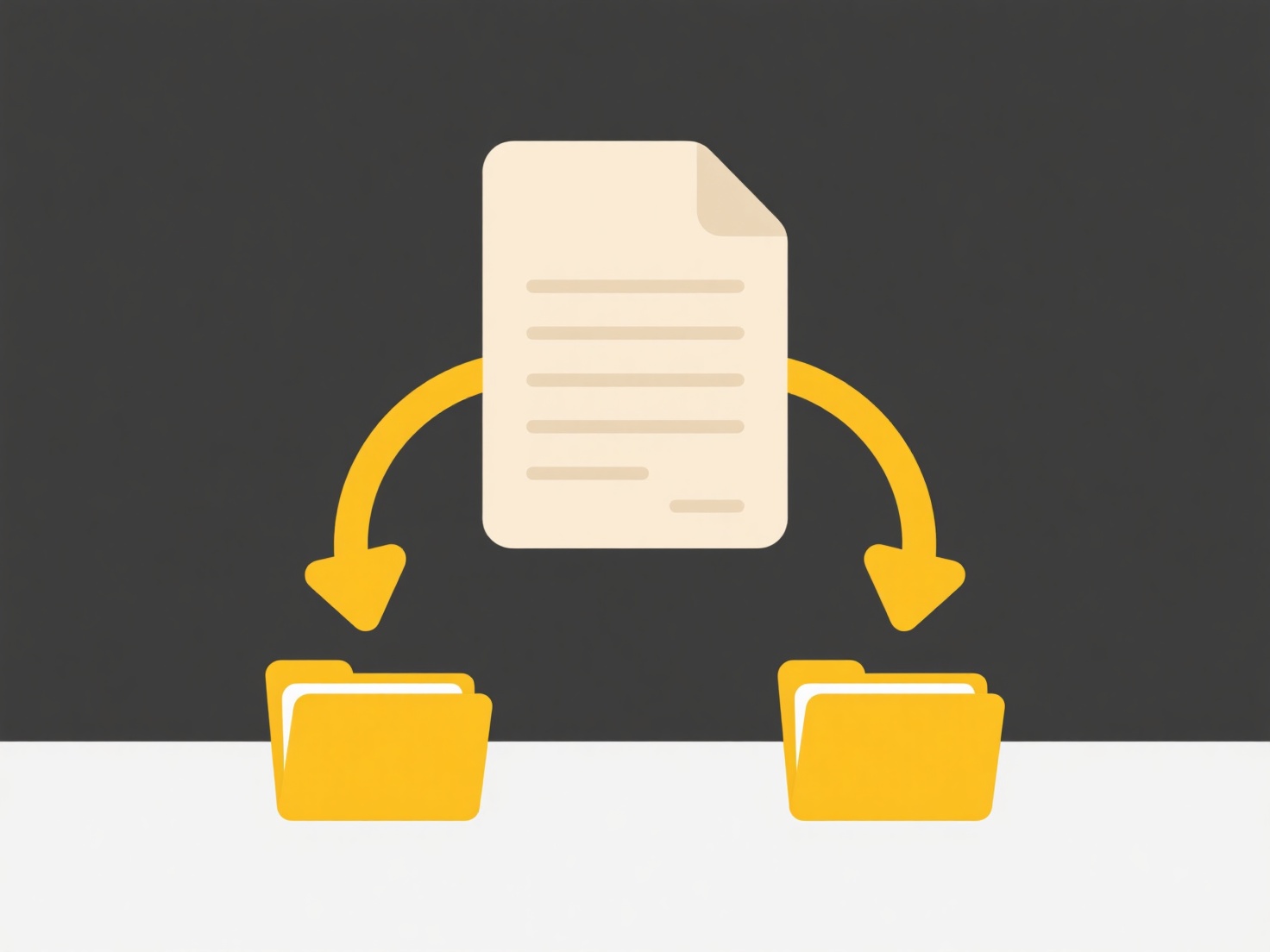
File permissions define who can access, change, or execute a file. While you can significantly restrict permissions to make unauthorized changes difficult, achieving true, unalterable permanence is generally not feasible on standard operating systems. A system administrator or root user typically retains the ultimate authority to override or reset permissions, making "permanent" locking impossible for standard users. Methods like setting strong ACLs (Access Control Lists) or using the immutable flag (e.g., chattr +i on Linux) offer strong protection but are still reversible by privileged accounts.

Examples include using Linux's chattr +i command on critical system configuration files to prevent deletion or modification by any user (including root commands requiring an extra step to remove the flag), or configuring strict Windows NTFS permissions with inheritance blocking on sensitive compliance documents within a corporate finance department.
The major advantage is enhanced security and audit integrity, preventing accidental or malicious alteration/deletion. Key limitations include administrator override capability and potential complexity in initial setup. Ethically, strong locking aids compliance but must be balanced with appropriate administrative access for legitimate recovery and oversight. While not "permanent" in the absolute sense, immutable flags provide the highest practical level of restriction by requiring privileged intervention to alter permissions or file content.
Can I lock a file’s permissions permanently?
File permissions define who can access, change, or execute a file. While you can significantly restrict permissions to make unauthorized changes difficult, achieving true, unalterable permanence is generally not feasible on standard operating systems. A system administrator or root user typically retains the ultimate authority to override or reset permissions, making "permanent" locking impossible for standard users. Methods like setting strong ACLs (Access Control Lists) or using the immutable flag (e.g., chattr +i on Linux) offer strong protection but are still reversible by privileged accounts.

Examples include using Linux's chattr +i command on critical system configuration files to prevent deletion or modification by any user (including root commands requiring an extra step to remove the flag), or configuring strict Windows NTFS permissions with inheritance blocking on sensitive compliance documents within a corporate finance department.
The major advantage is enhanced security and audit integrity, preventing accidental or malicious alteration/deletion. Key limitations include administrator override capability and potential complexity in initial setup. Ethically, strong locking aids compliance but must be balanced with appropriate administrative access for legitimate recovery and oversight. While not "permanent" in the absolute sense, immutable flags provide the highest practical level of restriction by requiring privileged intervention to alter permissions or file content.
Quick Article Links
How do I sort project documents, photos, and personal files separately?
How do I sort project documents, photos, and personal files separately? Wisfile uses AI-powered classification to auto...
Can I create guest access to a shared folder?
Guest access to a shared folder allows specific external individuals to view or interact with files without needing a fo...
Can I get alerts when someone renames a file?
A file rename alert is a notification triggered when someone changes the name of a file within a shared storage system. ...